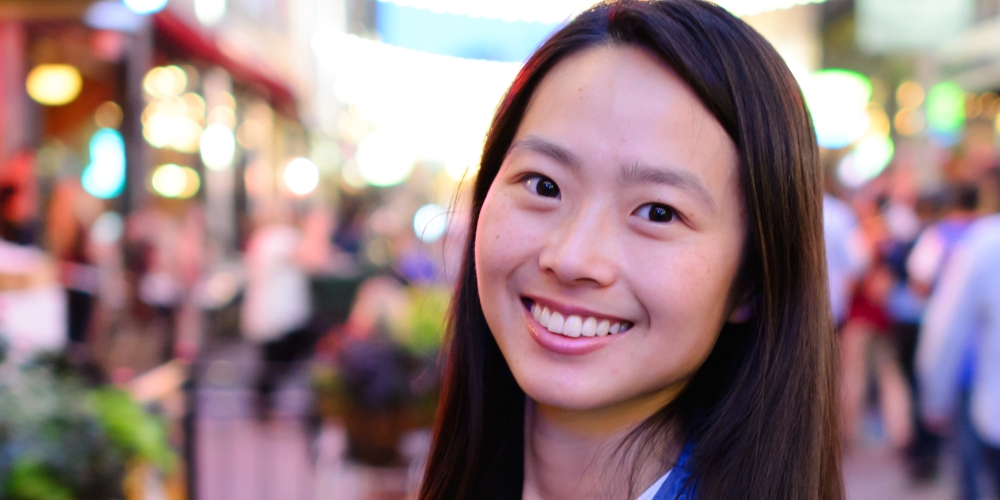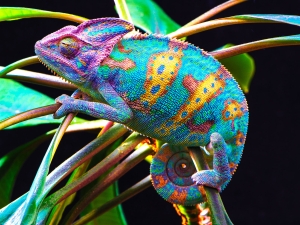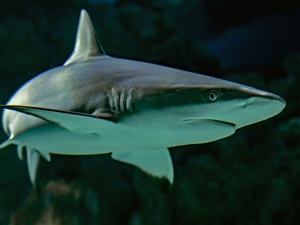

Research Bio
The Gu Research Group is dedicated to advancing materials design and manufacturing fields through the integration of mechanics, bioinspiration, additive manufacturing (AM), and artificial intelligence (AI). Our goal is to elucidate the process-structure-property relationships that enable the design and manufacture of high-performance, sustainable, and adaptable materials for diverse applications. To address the challenge of high-dimensional design spaces, we integrate AI-driven generative models with computational mechanics. This synergy allows systematic exploration of vast and complex domains, identifying multiple material configurations that meet specific property requirements. Bioinspiration is another cornerstone of our research; by drawing inspiration from nature, such as the unique properties of shark skin and owl feathers, we create sustainable, lightweight, and multi-functional devices. Leveraging these natural templates reduces the complexity of design spaces, enabling more efficient exploration and identification of feasible material configurations. AM serves as the enabling technology that transforms these AI-generated or bioinspired designs into tangible structures, providing precise control over geometries with minimal waste. We employ AI-driven real-time feedback within AM processes to predict and detect potential defects, allowing adjustment of process parameters to correct anomalies as they arise. Our group focuses on three directions to accelerate innovations in materials design and manufacturing: (1) AI-driven additive manufacturing, centered on optimizing process-structure-property relationships; (2) Generative AI for materials design, focused on exploring vast design spaces to reveal new structures and material behaviors; and (3) Bioinspiration for advanced materials, drawing from natural systems to inspire engineering solutions. Together, these form a cohesive framework driving innovation toward creating resilient, sustainable materials and greener manufacturing technologies to meet the pressing challenges of our time.
Research Expertise and Interest
Composites, additive manufacturing, in-situ monitoring and process control, artificial intelligence and machine learning, bioinspired materials




